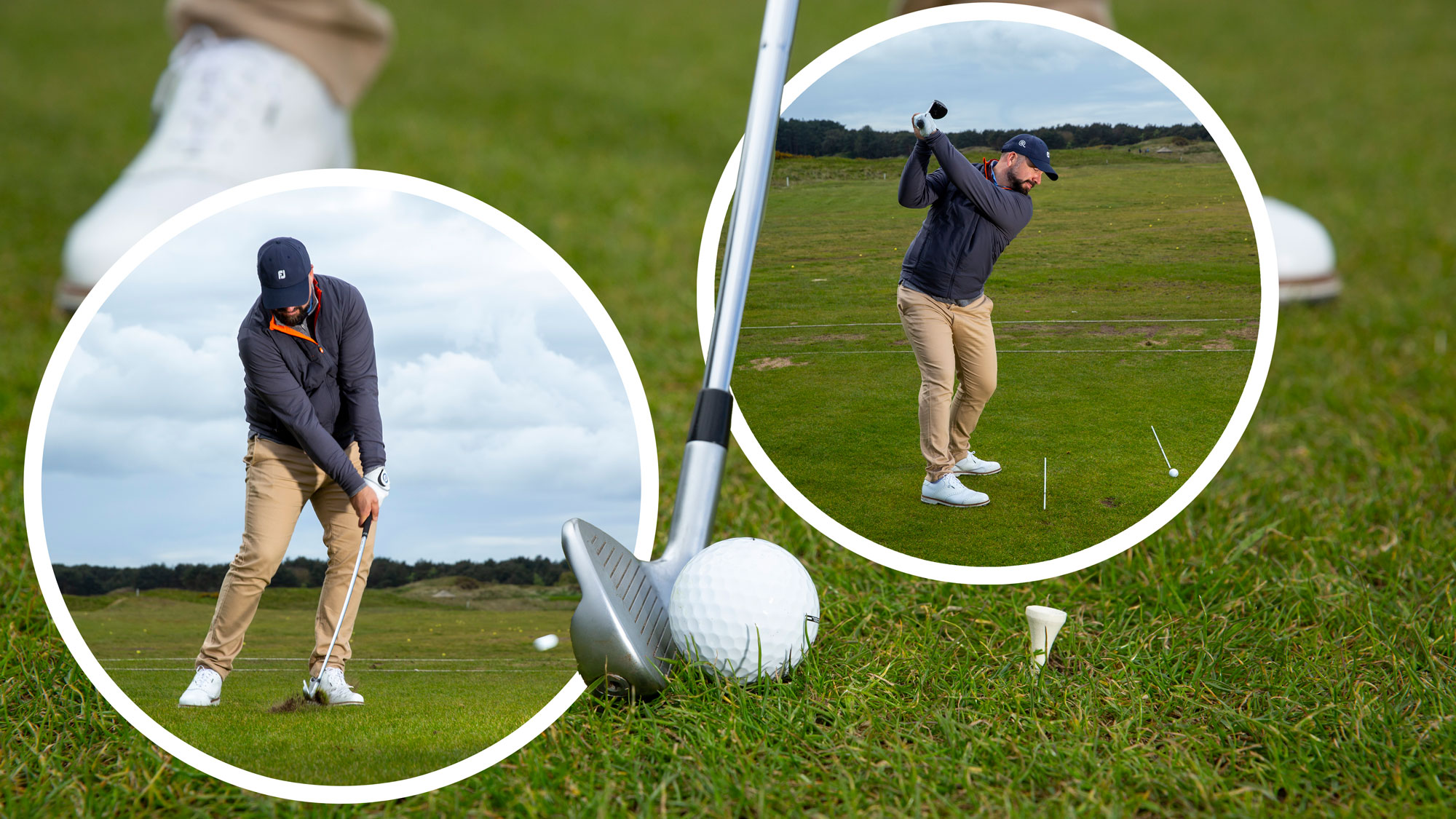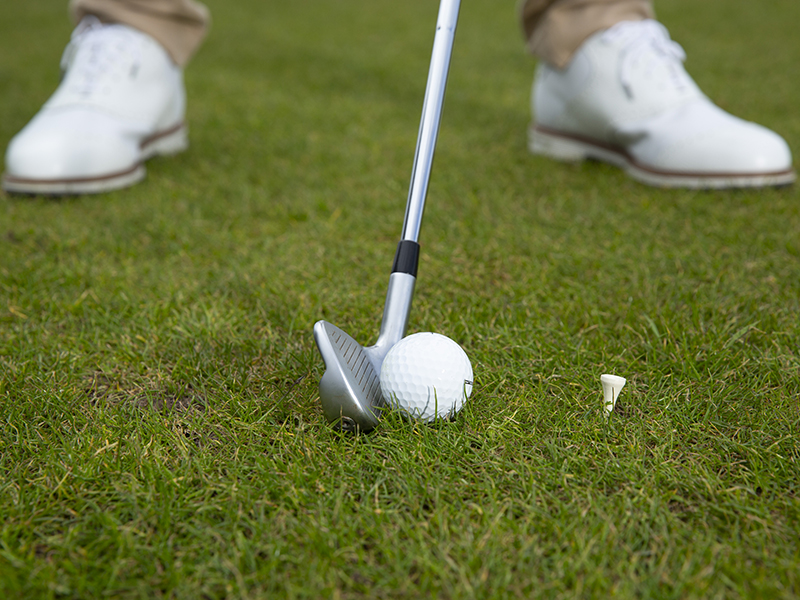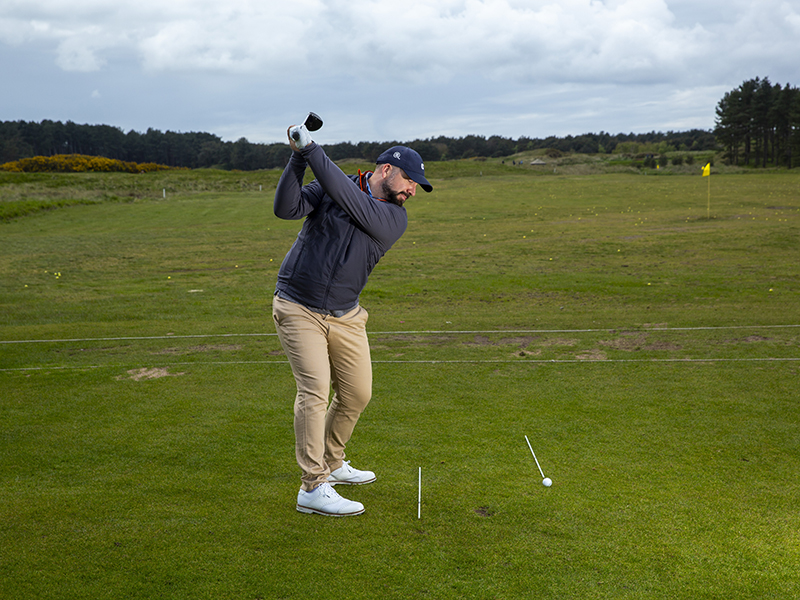
Improving your ball striking as an amateur golfer is one of the most effective ways to lower your handicap, but too many of us head to the driving range and aimlessly hit golf balls rather than focusing on some of the best ball striking drills.
In order to shoot your best score, you need to identify the issues you face in your golf swing and utilise your time on the range to improve in those areas. If you are struggling to compress your irons, or can't work out how to stop topping the golf ball, Golf Monthly Top 50 Coach Peter Finch might just have the solution with these brilliant ball striking drills....
Peter Finch Golf Tip: How To Compress Your Irons
Place a tee in the ground an inch target side of the ball. Your aim is to hit ball then tee... but taking the ball completely out of your thought process.
If you manage to forget about the ball and hit the tee out of the ground, your club would have to have been moving down through impact. You’ll be collecting the ball first in the downswing, with the club continuing to move downwards if you want to make contact with that tee. This is a very simple drill that allows you to kind of play a trick on your mind as well.

How To Hit Fairway Woods
These are hard clubs to hit but there is enough loft and you don’t need to help the ball up. If you’re topping your woods, it’s likely your body is backing up through impact with the clubhead overtaking the hands. We want the club to be just bruising the ground and the way to do that is to control the low point.
Place a tee behind the ball this time just inside the left heel and slightly above the ground. Take half a swing back. As you move through you want to feel you can just clip the tee. This will help to highlight how you can control the low point.
How Many Swing Thoughts Should I Have?
In an ideal world, you shouldn’t have any. The swing is moving in a synchronised – or sometimes non-synchronised – manner, trying to propel the ball towards your target and the whole motion takes a second or less. The chances of making a good swing on the course while thinking about different aspects of your technique are almost zero, especially when you factor in different lies, winds and conditions.

The range is where you work on your technique, in surroundings that don’t involve keeping track of a score. The whole point of practice is to work on your swing and any changes. As soon as a target is introduced, that’s where your thoughts need to be and not on the process. Chances are you will have at least one swing thought on the course, though, so try to make it as simple as possible and oriented around the target or your tempo. Keep it away from big technical thoughts and really work on those on the range. That’s the only way you’re going to improve.







